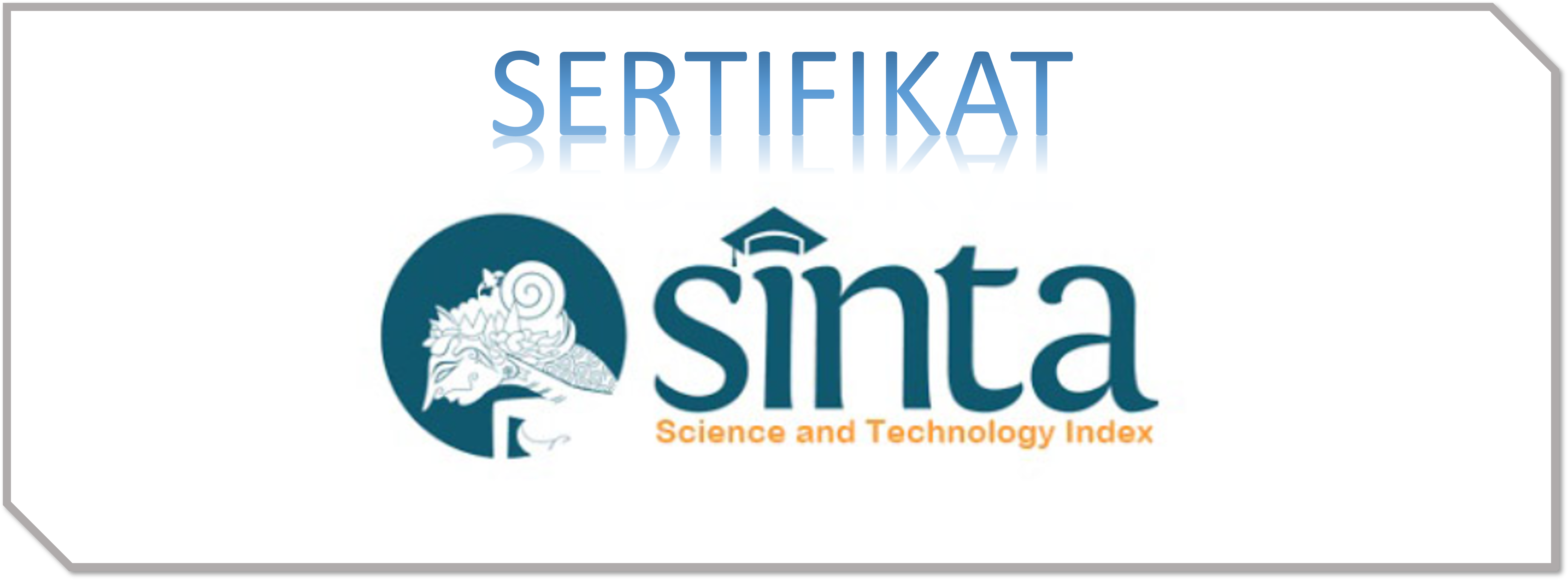CHARACTER AND MORAL VALUE IN “THE SOUND OF MUSIC” BY ROBERT WISE
DOI:
https://doi.org/10.51878/cendekia.v2i3.1416Keywords:
Sastra, Film, Karakter, Nilai MoralAbstract
This research aims to analyze the characters and moral values ??contained in the film "The Sound of Music" by Robert Wise. Based on the theories of character and moral values ??collected, four main points are analyzed, they are: 1) The character appear in "The Sound of Music" by Robert Wise based on the theory put forward by Russel (2009), there are some figures who must be analyzed based on their character, 2 ) The moral values that ??appear in "The Sound of Music" by Robert Wise based on the theory put forward by Borba (2001). 3) There are 3 kinds of characters that appear in the characters in "The Sound of Music" by Robert Wise based on Russel’s theory, those are the Protagonist, the main protagonist played by Maria and the Von Trapp Family and the sisters in the monastery, the Antagonist, played by The Baroness and Herr Zeller , and Foil character played by Rolfe and Franz, 4) There are 7 types of moral values ??that appear in "The Sound of Music" by Robert Wise based on Borba’s theory , they are: respect, kindness, conscience, self-control, justice, empathy and tolerance, respect is the most dominant moral values ??of all moral values ??that arise.
ABSTRAK
Penelitian ini bertujuan untuk menganalisis karakter tokoh-tokoh dan nilai moral yang terdapat pada film “The Sound of Music” oleh Robert Wise. Berdasarkan teori- teori karakter dan nilai moral yang dikumpulkan, maka diperoleh empat point pokok yang dianalisa yaitu: 1) Karakter tokoh-tokoh yang muncul dalam “The Sound of Music” oleh Robert Wise, 2) Nilai moral yang muncul dalam “The Sound of Music” oleh Robert Wise berdasarkan teori yang dikemukakan oleh Borba (2001). 3) Ada 3 macam karakter yang muncul pada tokoh-tokoh dalam “The Sound of Music” oleh Robert Wise berdasarkan teori Russel (2009), yaitu Protagonist, protagonist utama diperankan oleh Maria dan Keluarga Von Trapp beserta para suster di biara, Antagonist, yang diperankan oleh The Baroness dan Herr Zeller, dan Foil diperankan oleh Rolfe dan Franz, 4) Ada 7 macam jenis nilai moral yang muncul dalam “The Sound of Music” oleh Robert Wise yaitu : rasa hormat, kebaikan, kesadaran diri, pengendalian diri, keadilan, empati dan toleransi, rasa hormat merupakan nilai moral yang paling mendominasi dari keseluruhan nilai-nilai moral yang muncul.
Downloads
References
Allison, H.E. (2011). Kant’s Groundwork for the Metaphysics of Morals : A commentary. Oxford: Oxford University Press
Andrew,B. and Nicholas, R.(2015). Literature, Criticism, and Theory (Third Edition). New York : Pearson Education Company
Arthur, J. and D.Carr. (2013). “Character in Learning for life : a virtue-ethical rationale for recent research on moral and values education.”Journal of Beliefs & Values : Studies in Religion & Education 34(1), pp.26-35.
Aspim, D.N and Chapman, D.J. (2007). Values Education and Lifelong Learning. Dordrech : The Netherland Springer
Belington, R. (2003). Living Philosophy : An Introduction to Moral Thought (3rd). London : Routledge, Taylor & Francis Group
Bertens, K. (2011). Etika. Jakarta : Gramedia Pustaka Utama
Boggs, J.M. (2000). The Art of Watching Film (Third Edition). Montain View California : Mayfield Publishing Company
Borba, M. (2008). Building Moral Intelligence: The Seven Essential Virtues that Teach Kids to do The Right Thing (Translated by Lina Jusuf). Jakarta : PT. Gramedia Pustaka Utama.
Chandler, M.G. (2005). The Element of Character. Whitefish : Kessinger Publishing
Danesi, M. (2010). Pengantar Memahami Semiotika Media. Yogyakarta : Jalasutra
Desteno, David and Valdesolo Prescalo. (2011). Out of the Character (Surprising truth about the liar, cheat, sinner). New York : Crown Archetype
Downie, R.S. (2006). Ethics, Morals and Moral Philosophy. Glasgow : World Medicine
Eagleton, T. (2003). Literary Theory : An Introduction. United State : The University of Minnesota Press
Gecas, V. (2008). The Ebb and Flow of Sociological Interest in Values. Sociological Forum. 23 : 2, 344-350
Gulla, Ashok. (2010). Creating Values in Life. Indiana : Author House
Hall, E.W. (2014). What is value?. New York : Routldge
Hare, R.S.(2003).The Language of Morals. Oxford : Clarendon Press
Hartman, N. (2003). Moral Values. New York : Transaction Publishers
Huitt, W. (2004). Values, Educational Psychology Interactive. Valdosta, G.A : Valdosta State University
Kant, I. (2017). The Metaphysics of Morals. Cambridge : Cambridge University Press
Klarer, M. (2004). An Introduction to Literary Studies. London : Routledge
Macoviuciuc, V. (2011). Moral Values and Faith. Euromentor Journal Studies about education 3 (1). Pp. 15-29.
Reams, J. (2015). Characterization in Fiction. San Marcos : Texas State University
Ritchart. (2002). Intelectual Character : what it is, why it matters, and how to get it. San Fransisco : Jossey Bass a Wiley Company
Robert, A. (2004). Moral Value and Human Diversity. Oxford : Oxford University Press
Ruso, M.S. (2012). The Problem of Philosophy. New York : Sophia Omni
Sheng, C.I. (2008). A Unitarian General Theory of Value. Amsterdam : Edition Rodopi BV
Smiles, S. (2008). Character. Whitefish : Kessinger Publishing
Smirna, Setyadi (2017). Content Analysis On The Success And Moral Values Of A Governess "The Sound Of Music" Movie". Kediri : STBA Cahaya Surya Kediri.
Stanley, C. (2014). World Viewed : Reflections on the Ontology of Film. Massachusets : Harvard University Press.
Vanderstoep, S.W and Deirdre, D.J. (2009). Research Method for Everyday Life. California : Jossey-Bass
Ventakaiah, N. Prof, and Sandhya, N.Dr. (2002). Research in Value Education. New Delhi : APH Publishing Corporation
Volger, C. (2007). The Writer’s Journey. Los Angeles :Michael Wiese Production
Downloads
Published
How to Cite
Issue
Section
License
Copyright (c) 2022 CENDEKIA: Jurnal Ilmu Pengetahuan

This work is licensed under a Creative Commons Attribution-NonCommercial-ShareAlike 4.0 International License.

















